Request here a brochure to find out more about our services !
Self-Ordering Kiosks: The Pros & Cons You Need to Know!
Table of Contents
- Introduction
- Pros of Self-Ordering Kiosks
- Faster Service and Reduced Wait Times
- Increased Revenue and Upselling Opportunities
- Improved Order Accuracy and Efficiency
- Lower Labor Costs and Better Staff Allocation
- Cons of Self-Ordering Kiosks
- Compatibility Challenges
- Customer Adaptation and Accessibility Concerns
- Dependence on Technology and Potential Technical Issues
- Best Practices for Implementing Self-Service Kiosks
- Choosing the Right Kiosk Partner
- Enhancing User Experience and Customer Loyalty
- Phased Implementation and Staff Training
- Ensuring Secure Payments and Data Protection
- Conclusion
1. Introduction
In a world where speed and efficiency are key, quick-service restaurants (QSRs) and C-stores are constantly seeking ways to enhance customer satisfaction while improving operational efficiency. One proven method is implementing self-ordering kiosks, which offer numerous benefits, from reducing wait times to increasing revenue. However, these interactive kiosks also present challenges, including initial cost, potential customer frustration, and a reduction in personal interaction. This article explores the pros and cons of self-service kiosks, helping restaurant operators determine whether these self-service options align with their business needs.
2. Pros of Self-Ordering Kiosks
2.1 Faster Service and Reduced Wait Times
Self-service kiosks streamline the ordering process, allowing customers to place orders at their own pace without relying on a sales assistant. Studies show that 57% of consumers are discouraged when faced with a queue of five people, and this number rises to 91% when there are ten or more people in line. By implementing self-ordering kiosks, restaurants can significantly reduce long lines and enhance customer satisfaction, particularly during peak hours encouraging repeat visits.
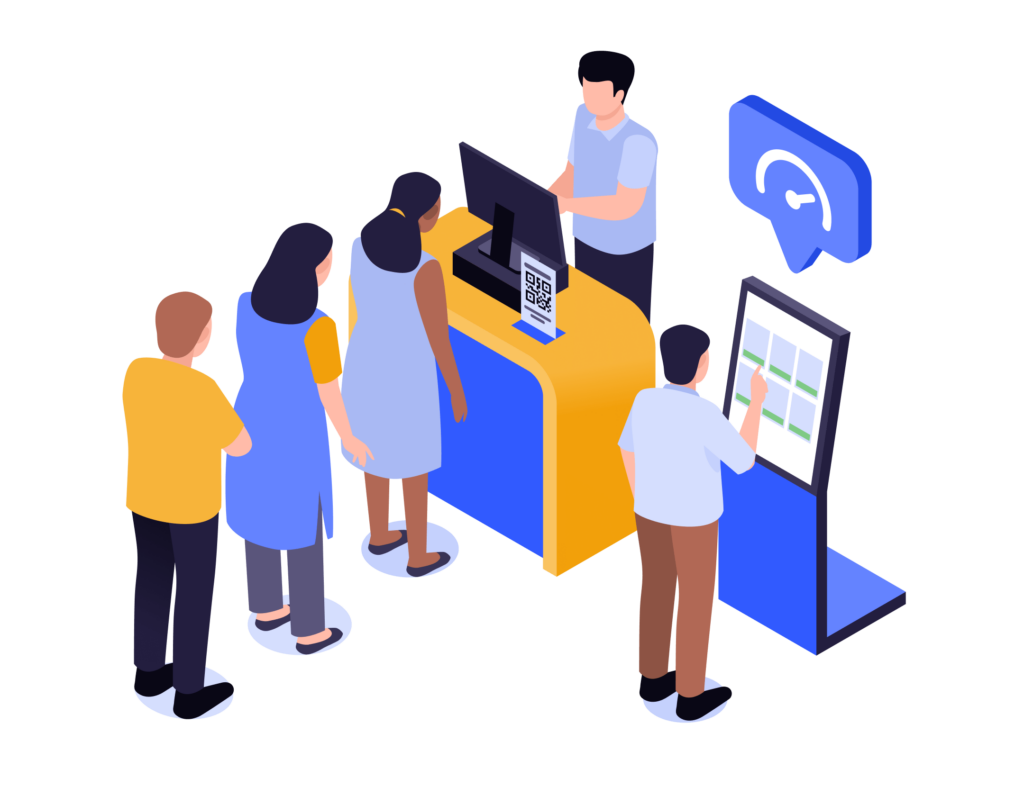
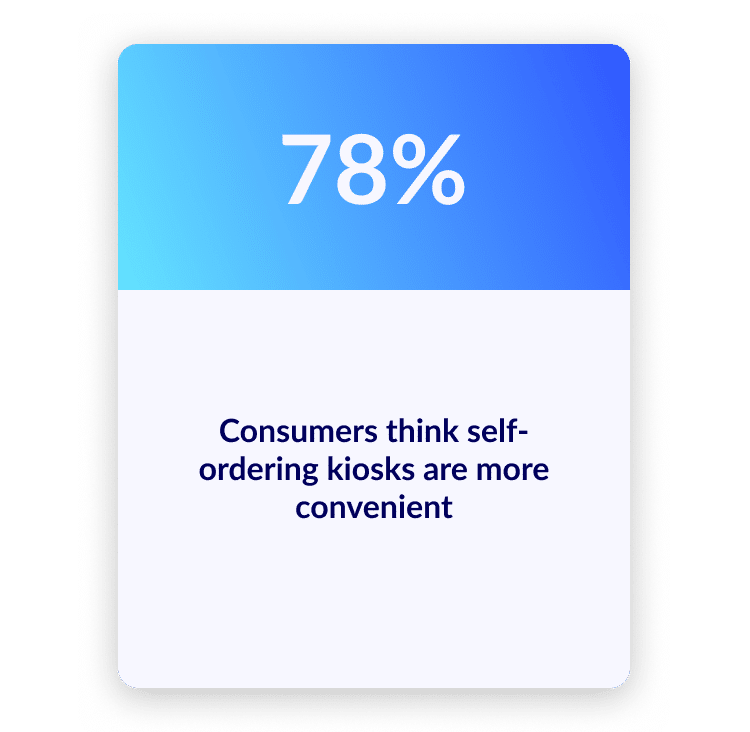
2.2 Increased Revenue and Upselling Opportunities

Self-ordering kiosks provide a user-friendly interface that consistently promotes add-ons and meal upgrades, a feature often overlooked by human cashiers. This personalized shopping experience increases revenue by encouraging customers to customize their meals, add extra menu options, or opt for higher-value meal combos. By allowing customers to control their choices without pressure, self-service kiosks contribute to higher satisfaction levels.
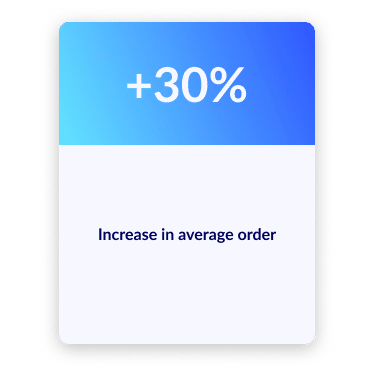
2.3 Improved Order Accuracy and Efficiency
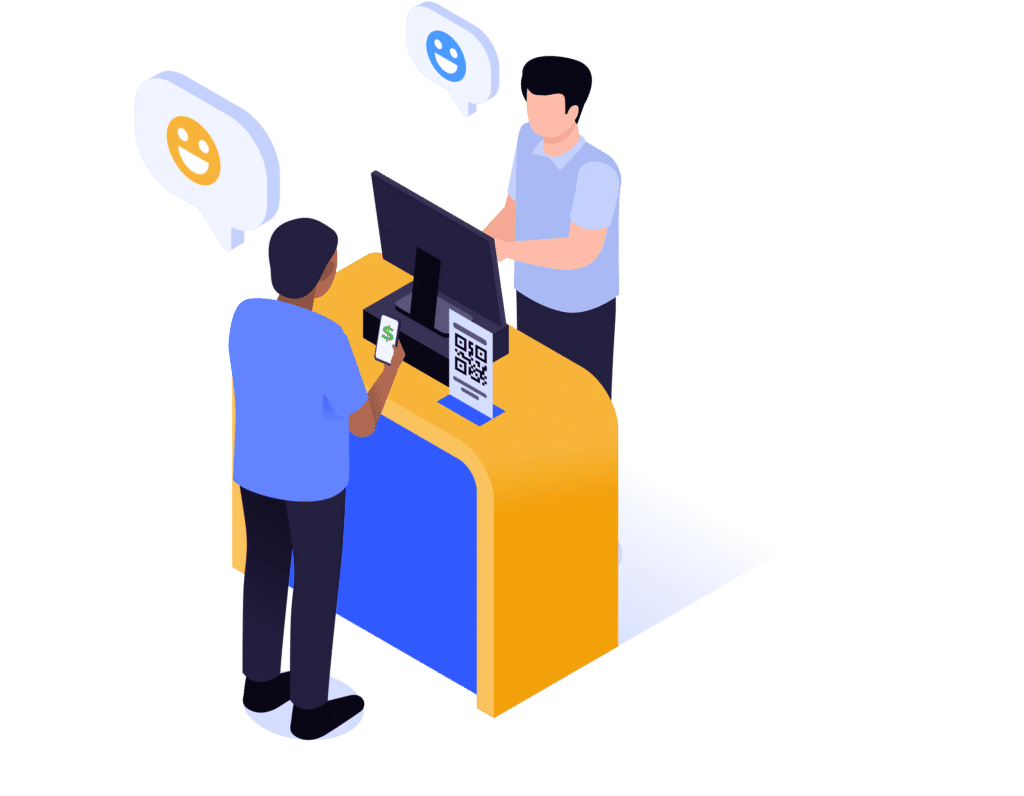
Miscommunication between customers and staff can lead to errors in order fulfillment, resulting in frustration and wasted resources. Self-checkout kiosks eliminate human error by allowing customers to enter their selections directly. This improved accuracy benefits both the customer and the restaurant, reducing food waste and enhancing overall efficiency.
2.4 Lower Labor Costs and Better Staff Allocation
By handling repetitive tasks such as order-taking, self-service kiosks allow restaurant operators to allocate staff to areas requiring human interaction, such as food preparation and customer assistance. This reduces labor costs while improving operational efficiency. Additionally, kiosks are available 24/7, ensuring a seamless ordering process even during late hours when staffing levels might be lower.
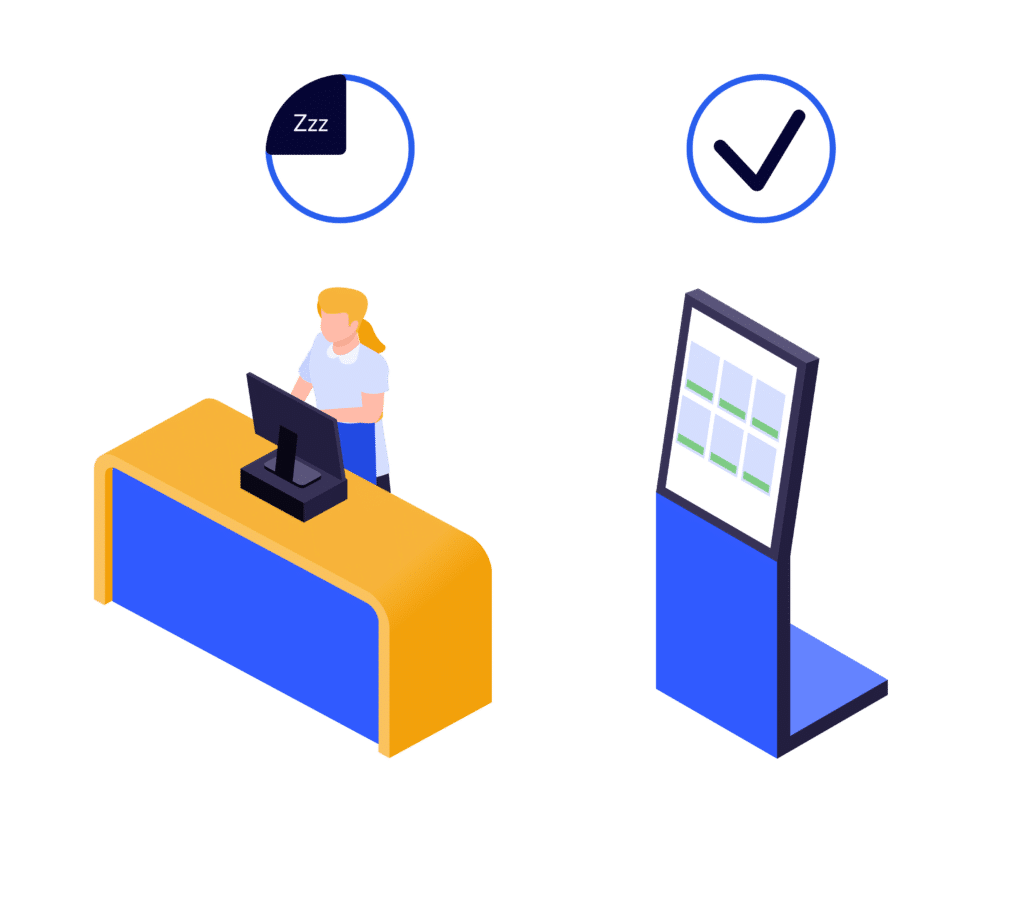
3. Cons of Self-Ordering Kiosks
3.1 Compatibility Challenges
Self-ordering kiosks are not suitable for every establishment. Small restaurants with limited space may struggle to accommodate kiosks without disrupting customer flow. Additionally, businesses that rely heavily on personal interaction, such as fine dining or boutique eateries, may find that kiosks detract from their brand identity and customer experience. Restaurant operators must evaluate their business model and customer preferences before investing in self-service technology.
3.2 Customer Adaptation and Accessibility Concerns
While tech-savvy customers find self-service checkout convenient, others, especially those unfamiliar with digital menus, may struggle with the interface. Implementing self-service kiosks without adequate support may lead to customer frustration, negatively impacting the dining experience.

3.3 Dependence on Technology and Potential Technical Issues
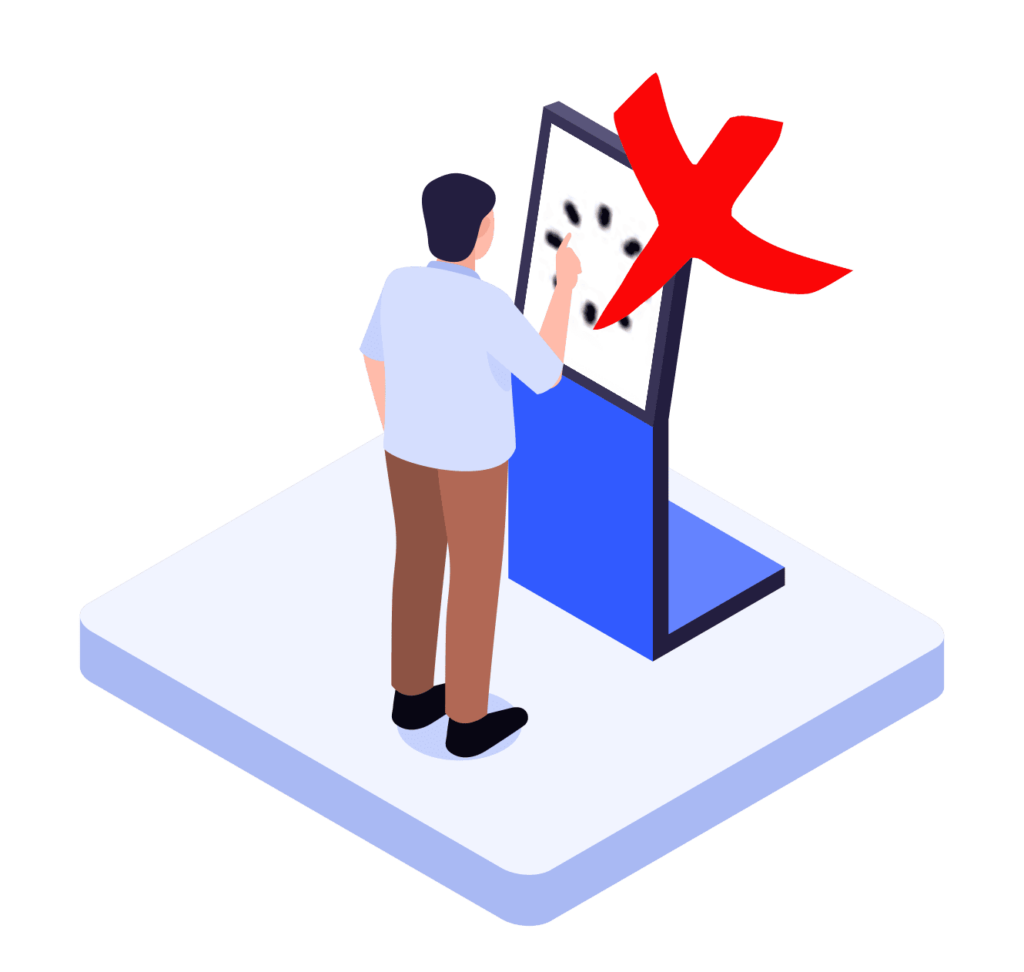
Self-ordering kiosks rely on stable internet connectivity and power. Technical glitches, connectivity failures, or hardware malfunctions can disrupt service, causing delays and customer dissatisfaction. Restaurants must have contingency plans, such as backup ordering methods or trained staff available to assist in case of failures.
3.4 Integration With Existing POS Systems
Integrating self-ordering kiosks with existing POS systems can be a major challenge. Many legacy systems lack compatibility with modern kiosks, leading to order delays and inventory discrepancies. These integration issues can cause inefficiencies, requiring costly upgrades or additional software solutions. Restaurants with multiple locations face even more complexity due to differing POS setups. Without proper integration, businesses risk service disruptions and customer dissatisfaction. Choosing a kiosk provider with strong integration support is crucial to ensuring smooth operations.
4. Best Practices for Implementing Self-Service Kiosks
4.1 Choosing the Right Kiosk Partner
Selecting a reliable kiosk provider is crucial for seamless integration with existing restaurant systems. The chosen solution should offer an easy-to-use interface, compatibility with loyalty programs, and the ability to handle dietary restrictions while enhancing customer experiences.
4.2 Enhancing User Experience and Customer Loyalty
A well-designed kiosk system should be intuitive, guiding customers through the ordering process smoothly. Incorporating loyalty programs, personalized promotions, and customer preferences into self-service kiosks can strengthen brand loyalty and increase repeat visits.
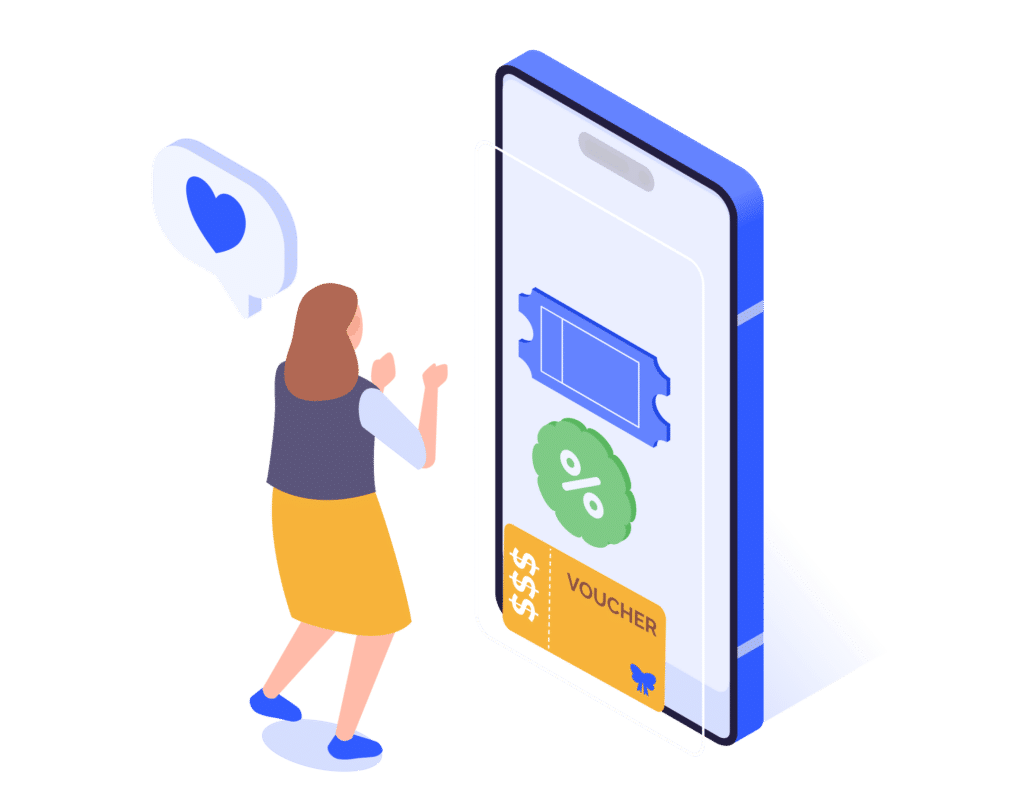
4.3 Phased Implementation and Staff Training
Rather than deploying kiosks across all locations simultaneously, a phased rollout allows restaurant operators to assess customer adaptation and resolve any technical issues. Proper staff training ensures employees can assist customers with kiosks and manage potential concerns, reducing frustration and improving adoption rates.
4.4 Ensuring Secure Payments and Data Protection

Given the rise of digital transactions, self-checkout kiosks should support secure payment methods such as contactless payments and mobile wallets. Strong cybersecurity measures and data encryption are essential to protect customer information and prevent fraud.
5. Conclusion
Self-service kiosks offer numerous benefits, including improved customer experience, reduced labor costs, and increased revenue. However, the flip side includes challenges such as technical issues, initial cost, and a potential decrease in personal interaction. For restaurant operators looking to incorporate self-service kiosks, careful planning, a customer-centric approach, and strategic implementation are essential to maximizing their benefits.
At FLYX, we specialize in designing and implementing self-ordering kiosks tailored for multi-location restaurants. Our kiosks feature an intuitive, user-friendly interface to ease customer adaptation, ensuring accessibility for all demographics.
To preserve personal interaction, we provide hybrid solutions that balance automation with human engagement, allowing staff to focus on customer service where it matters most.
Our cost-effective, scalable models help restaurants overcome the initial investment hurdle while minimizing ongoing maintenance requirements.
FLYX offers a seamless integration system that ensures compatibility with existing POS solutions, reducing technical hurdles and minimizing disruptions. Our technology is designed to synchronize orders, inventory, and payments efficiently, allowing restaurant operators to implement self-ordering kiosks without costly modifications or workflow interruptions.
Whether you aim to streamline operations or enhance customer experiences, our team can guide you through the process. Contact us today to discover how our self-ordering kiosks can seamlessly integrate into your restaurant’s service model while addressing its unique challenges.
Get our brochure !
